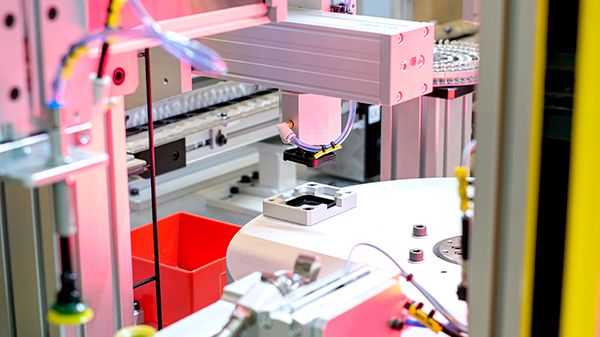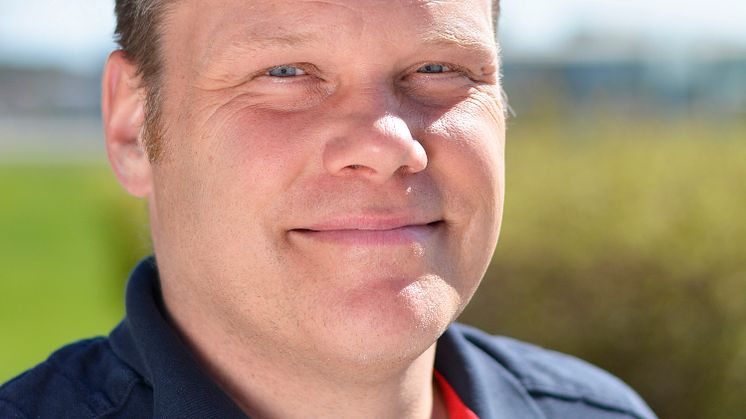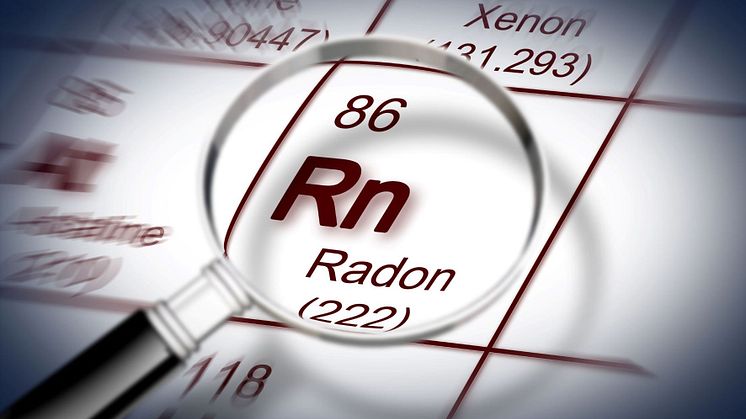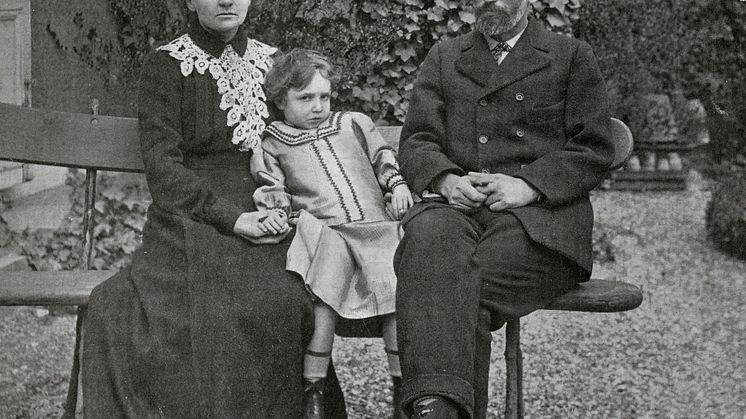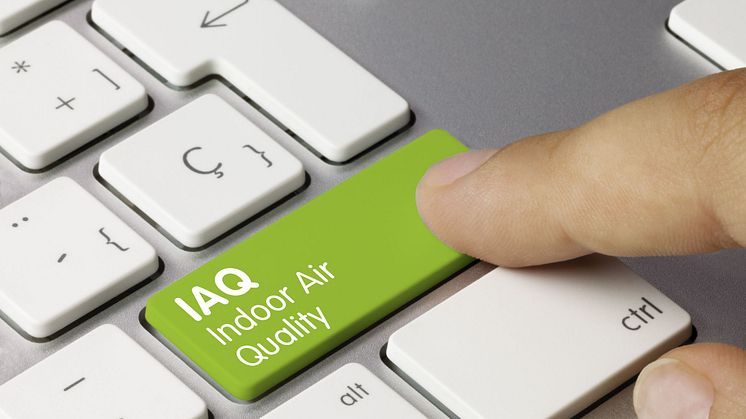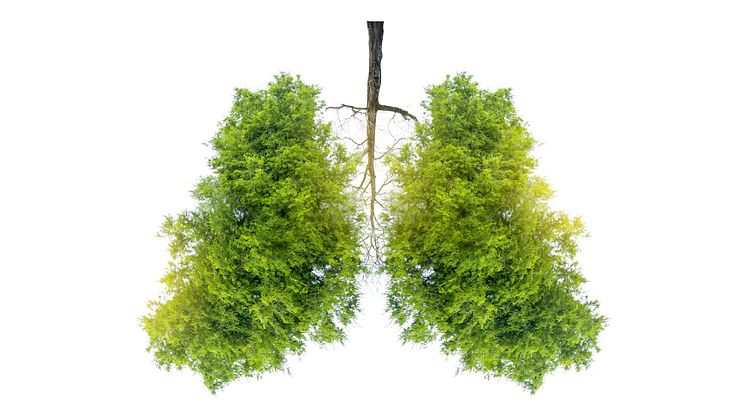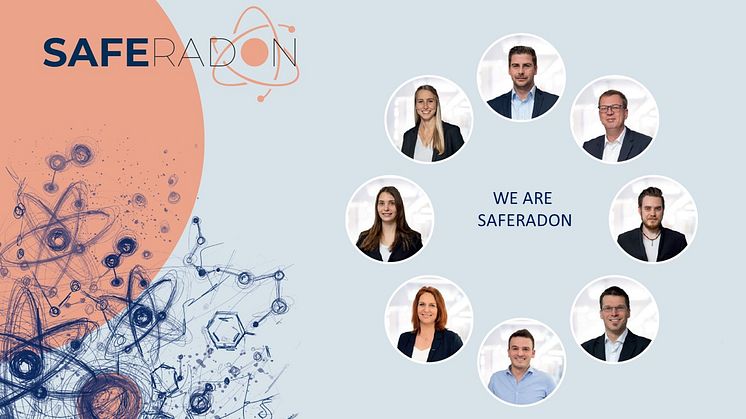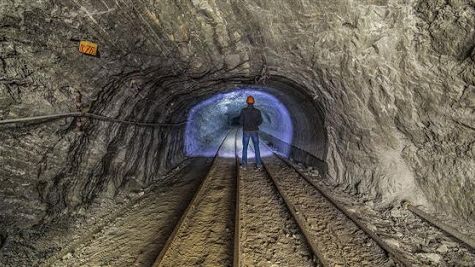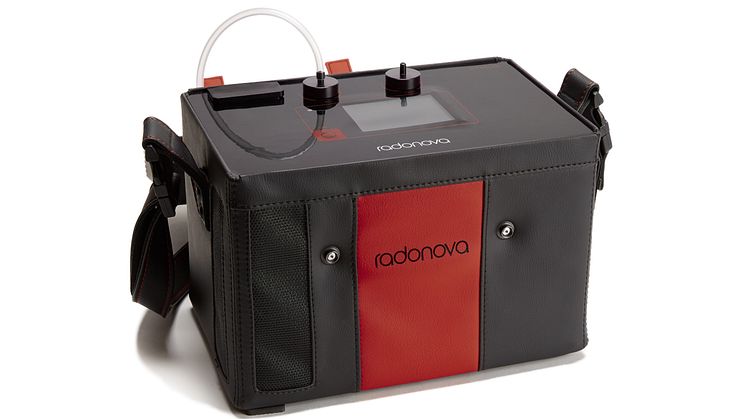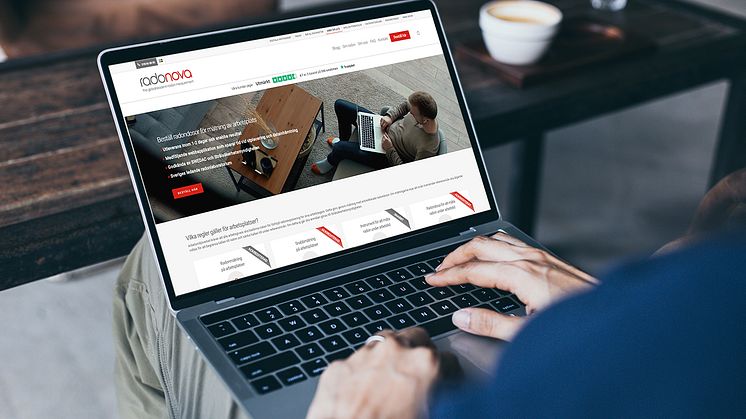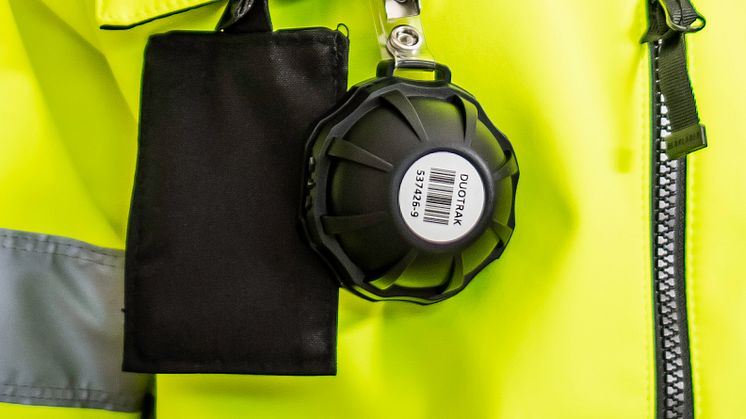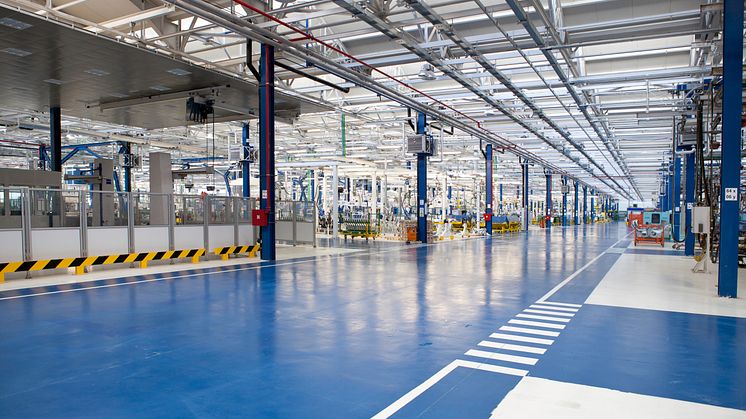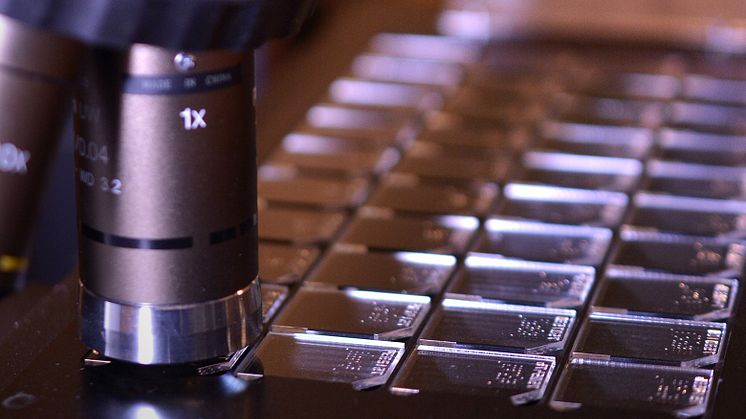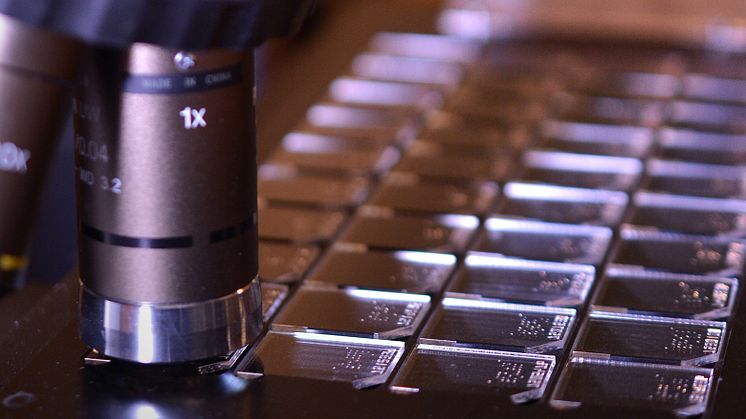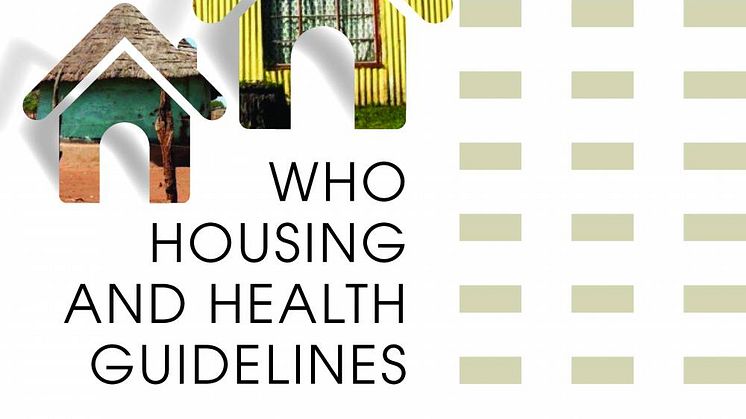
Blog post -
Academic world plays a crucial role in radon research and development
In such a specific sector such as radon and radon measurement, global knowledge exchange often becomes a decisive success factor. It is also one of the reasons why Radonova has chosen to take an active role in academia. When studies and experiences are shared, environments are created which are more conducive to collaboration and working more effectively to reduce the negative effects of radon on human health.
Radon experts on several continents regularly conduct studies and tests that are shared in various contexts, from scientific journals to webinars and conferences such as European Radon Week. TraceRadon and RadonNorm are two examples of important international radon projects. The ongoing pandemic has meant that some field studies have been postponed. However, most activities and meetings have continued and are instead conducted online.
- Regardless of whether we have a pandemic or not, researchers, authorities and companies need forums to exchange experiences and share knowledge. This helps to identify which areas require further research and study. During these conversations, we can also discuss developing and introducing common measurement methods and standards in radon measurement. With more than 30 years of experience in radon measurement, we know how important it is to take realistic conditions into account when conducting studies. It is not good enough to just presuppose from the lab environment, comments Radonova's José-Luis Gutiérrez Villanueva, secretary of the European Radon Association (ERA).
- We also see how research and studies can promote the work of increasing the precision and reliability of various measurement methods, instruments, and detectors. Comparative tests can also have a big impact, especially when we and other actors develop new methods and tools for radon measurement, concludes José-Luis Gutiérrez Villanueva.



